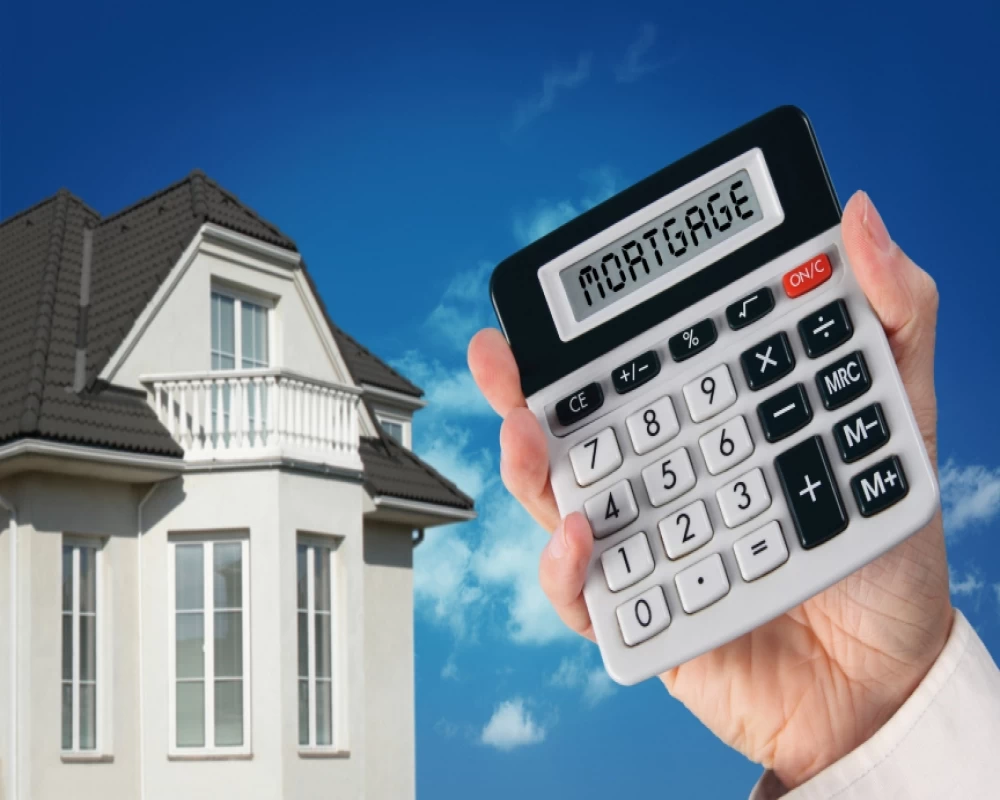5 Home Staging Tips to Make Your Kitchen Look Amazing

The kitchen is the heart of the home. There will never be a day in your life when you don't enter the kitchen for some reason. It is where groceries go in and delicious pizzas and finger licking butter chicken comes out. The kitchen is where the children first learn to be of some service. It's also where you hone your cooking skills by trying new recipes.
The design of the modern kitchen has created an evolution in function that has made the kitchen a place of entertainment. An open kitchen is a place for socializing and hanging out with friends and families. This helps families spend more time together. You can keep an eye on your daughter while you cook. Your spouse can perch herself on the counter and regale you with tales from her workplace, you can share a bottle of wine with your friends as you cook.
Being such an important part of the home, it's important that home sellers make the kitchen attractive to prospective buyers. Here are some home staging tips to make your kitchen spark more attention from prospective buyers.
You want to make your kitchen radiate a fresh 'feel'. Buyers should want to stay a while longer in your kitchen. Although the process of staging your kitchen may warrant a few inconveniences, it's usually worth it because an attractive kitchen will sell your home faster than any other thing you do to prepare your home.
1. Make it sparkling clean. Obviously, buyers won't be able to imagine themselves in your home if your home has a dirty kitchen. The neater your kitchen looks, the better. From kitchen windows, to rugs, to stoves and dishes, make sure that everything shines. Hiring a professional cleaning company might be worth the cost.
2. Apply fresh paint. A quick and easy way to make your kitchen appear fresh is putting fresh paint on walls. Let the colors used complement colors of cabinets and drawers to bring out cohesiveness.
3. Use energy efficient lighting. Another relatively inexpensive tweak to make your kitchen feel fresh and new is updating lighting with energy efficient and bright ones.
4. Update kitchen hardware. Buyers love a kitchen with updated fixtures. Don't leave your kitchen with old kitchen faucets and outdated lighting fixtures. Inexpensive, simple updates like garbage disposal, stainless steel appliances, faucets and cabinet hardware can make your kitchen appear new and attractive to prospective buyers. You can also go a step further by adding some pizazz to your countertops. You can put in decorative canisters, herbs, bowl of fruit, new cookbooks and new tea towels, etc.
5. Declutter. Decluttering may be the hardest part of staging a kitchen for sale. Your kitchen should no longer reflect you, but it should give potential buyers a chance to use their imagination. The easiest way to start the process of decluttering is to completely clear off your counters, then only put selected decorative items to fill in and soften the corners of a long expanse of countertop.
An ugly kitchen can make the home sit on the market for long. Staging your kitchen right might require some effort and inconvenience but if the property is priced right and looks fantastic, you should only have to be inconvenienced a very short time.




